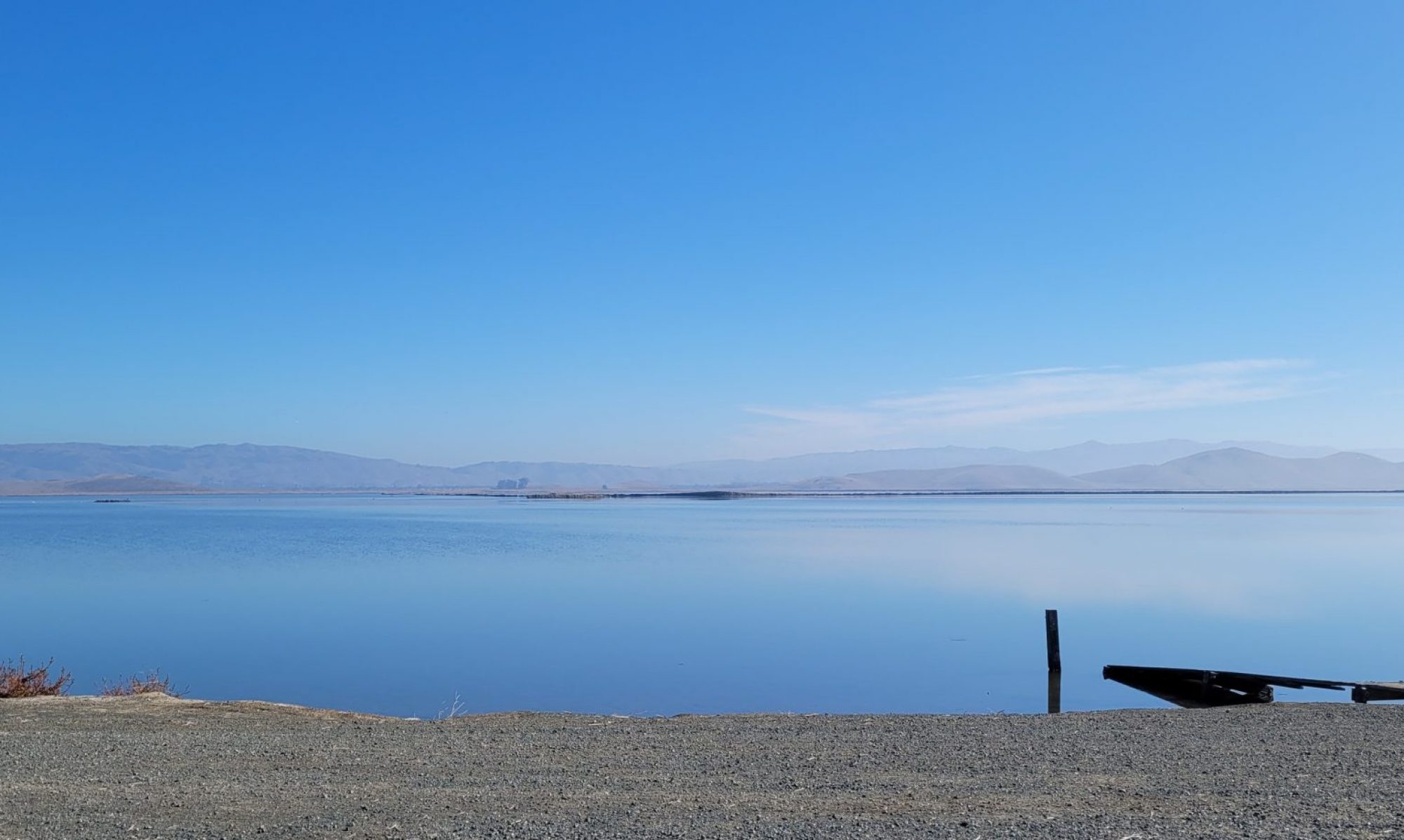
It’s not the barley or the wheat
Johnny Cash, “Breakin’ Bread”
It’s not the oven or the heat
That makes this bread so good to eat
It’s the kneading and the sharing that makes the meal complete
I have a confession to make; I sometimes eat bread for dessert. Put a fresh-baked rustic French baguette in front of me with some aged cheddar, and I’d give you the keys to my house. And I’m not persnickety. I’ll take brioche, English muffins, black bread, rye, bagels, challah, biscuits, ciabatta, or foccaccia. It doesn’t even need yeast. I can eat naan, tortillas, lavash, or pita with the best of ’em. Not super-fond of those corn tortillas unless they’re fried with meat, but wasn’t that the point? Wonder bread is probably the only kind I don’t like and never did, otherwise, pretzels count, crackers–hey, don’t get me started on dumplings.
Humans have been making forms of bread for about 30,000 years +/-. They needed fire, but they didn’t need yeast or even organized farming. How yeast got there is its own story, and something of a controversy. They’ve been arguing for the past fifty years, about whether beer came before bread or vice versa. Let’s start without yeast and work our way forward. As with each of my A to Z ancient invention posts, the story of Bread will cover the basics:
- A core definition of the “thing”
- Where and when it happened first “around the world”
- How it influenced human development
As this is only my second “ancient invention” post, it’s worth noting that there is kind of a dividing line when it comes to such inventions. What we know is based on trace evidence, so if the invention depends on something organic, we may only know about it from ancient documentation. If people painted it on the walls or wrote about it stone tablets that can be read, that sets a date, even if it’s not the earliest date. We know about bread from Mesopotamian cuneiform and Egyptian hieroglyphics, but what kind of evidence would predate recorded history? You can’t exactly see bread, thousands of years later, can you?
Continue reading “B is for Bread”

